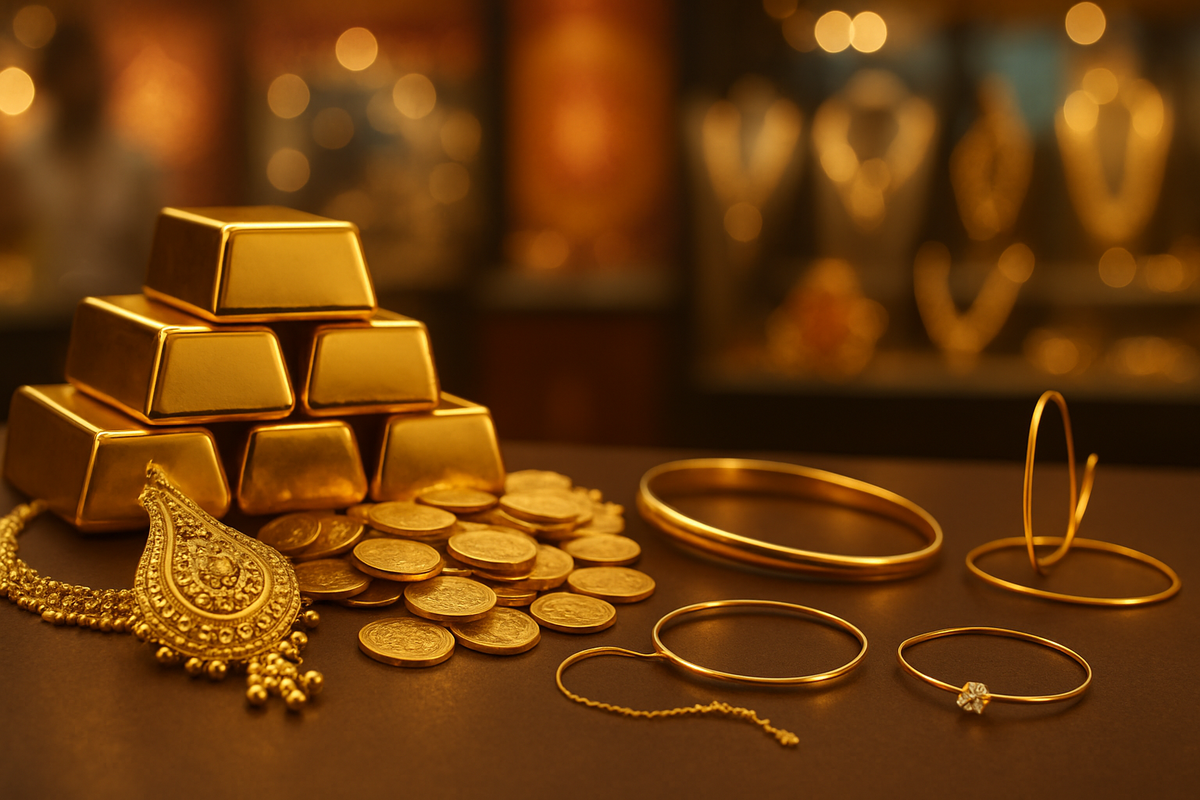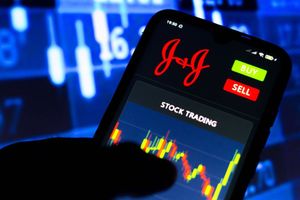
Gold prices have surged to unprecedented levels, repeatedly hitting record highs throughout 2024 and continuing into October 2025. As of October 17, 2025, spot gold prices are hovering between $4,221.38 and $4,272.50 per ounce, a staggering increase that has fundamentally altered the landscape of the global jewelry market. This meteoric rise, fueled by geopolitical tensions, economic uncertainties, and aggressive central bank buying, is forcing consumers and jewelers alike to adapt, with a significant shift towards more affordable, lower-carat gold jewelry gaining momentum, particularly as the auspicious festival of Dhanteras approaches.
The immediate implication for the jewelry sector is a direct translation of higher raw material costs into elevated retail prices. This economic pressure is reshaping consumer buying habits, pushing many towards more budget-conscious choices. Jewelers are strategically responding by innovating their product offerings and marketing approaches to maintain sales volumes in a challenging environment.
The Stratospheric Rise and Market's Adaption
The current surge in gold prices, representing an almost 60% increase since January 2025, is driven by a confluence of powerful macroeconomic factors. Expectations of interest rate cuts by the US Federal Reserve, coupled with central banks globally accumulating gold at historic rates, are providing a strong tailwind for the precious metal. Persistent geopolitical instability and lingering inflation concerns further solidify gold's appeal as a safe-haven asset, attracting robust retail demand from key markets such as China and India. Earlier in October 2025, gold reached an all-time peak of $4,379.60 per ounce, underscoring the intensity of this rally.
This "stratospheric rise" has initiated a significant recalibration within the jewelry market. Consumers are increasingly opting for lighter-weight and high-purity gold products that are more affordable, alongside a noticeable trend towards minimalistic and personalized designs that require less gold. Many shoppers are now choosing smaller pieces or lower-carat items to manage their budgets, a pragmatic response to the escalating costs. While gold jewelry demand has shown remarkable resilience, especially in cultures where gold holds deep traditional and sentimental value, the high prices are undeniably influencing purchasing decisions and overall sales volumes.
To navigate this challenging market, jewelers are employing diverse strategies. These include passing on some of the increased costs to consumers, but also proactively offering jewelry made with alternative metals like platinum or silver, gold-plating silver, and incorporating more precious gemstones to reduce the overall gold content. Some designers are focusing on more affordable designs such as hollow or thin pieces and chains with wider gaps between links. Luxury brands, while often maintaining their use of 18K gold, are accepting narrower margins, relying on strong customer loyalty for high-quality items. A growing trend, particularly in the Indian market, is the recycling of old gold jewelry, as price-sensitive consumers seek more economical options. Digital and e-commerce channels are also witnessing increased engagement as consumers seek value and convenience.
Dhanteras and the Lower-Carat Boom
In countries like India, where gold holds immense cultural and religious significance, especially during festive seasons such as Dhanteras (which falls on October 18th this year), the demand for lower-carat gold is rapidly escalating. Soaring gold prices are prompting Indian consumers to increasingly opt for lightweight and lower-carat jewelry, such as 18-carat, 14-carat, and even 9-carat gold, to stay within their budgets. Lower-carat gold is significantly cheaper and often more durable than higher-purity options, making it an attractive choice for daily wear and fashion statements. The share of 18-carat gold in total sales has notably risen to over 15%, compared to just 5-7% two years ago, indicating a clear shift in consumer preference.
Further supporting this trend, in July 2025, the Bureau of Indian Standards (BIS) mandated hallmarking for 9-carat gold jewelry, formally recognizing it alongside higher purities. This regulatory move is designed to boost demand for more affordable gold and align with international market trends, providing consumers with greater confidence in the purity of their purchases. Ahead of Dhanteras, Indian jewelers are strategically stockinging up on lower-carat options, with some stores allocating as much as 40% of their inventory to 14-carat gold. The demand for 14-carat jewelry is particularly high, with most orders placed for artisans for the festival being of this purity. Young and urban consumers are increasingly choosing 9K and 14K gold not primarily as investments, but as affordable luxury items for personal adornment. While financial experts still recommend 22K or 24K gold for investment due to higher intrinsic value and better resale prospects, lower-carat options are thriving in the fashion jewelry segment, demonstrating a clear bifurcation in the market between investment and consumption. In addition to lower-carat jewelry, consumers are also turning to gold coins and bars for investment purposes and are increasingly considering silver as a more affordable and auspicious alternative for festive purchases.
Corporate Fortunes: Miners Glisten, Retailers Navigate Treacherous Waters
The surge in gold prices creates a stark divergence in fortunes across the financial markets, directly impacting gold mining companies and jewelry retailers in fundamentally different ways. Gold mining giants are generally poised to win from this unprecedented rally, while jewelry retailers face a more complex and often precarious situation, potentially losing profitability or market share, particularly in price-sensitive segments.
For gold mining companies, the equation is straightforward: higher gold prices directly translate to expanded profit margins. Their business model revolves around extracting gold at a certain "all-in sustaining cost" (AISC) per ounce. When the market price of gold soars significantly above this cost, as it has been, their profitability skyrockets. Major players like Newmont Corporation (NYSE: NEM) and Barrick Gold (NYSE: GOLD) are clear beneficiaries. Newmont, the world's largest gold miner, for instance, reported an AISC of around $1,593 per ounce in Q2 2025. With gold prices hovering above $4,200 per ounce, this creates substantial operating margins and robust cash flow. Each $100 increase in gold price can boost Newmont's annual revenue by approximately $517 million, demonstrating the significant operating leverage inherent in their business. This environment also incentivizes increased exploration and development, making previously uneconomical deposits viable and enhancing asset valuations, which in turn attracts further investment.
Conversely, jewelry retailers face significant headwinds. The most immediate impact is the increased cost of goods sold, as raw gold becomes more expensive. While some of these costs can be passed on to consumers, many retailers, especially those catering to broader markets, encounter "sticker shock" among buyers, leading to decreased demand. This can result in margin compression if competition prevents full cost pass-through, or if consumers simply opt for cheaper alternatives. Signet Jewelers (NYSE: SIG), a major retailer with brands like Kay Jewelers and Zales, is more exposed to price-sensitive consumers. Their recent earnings reports have acknowledged challenges from rising gold prices, suggesting a potential loss of market share or profitability if they cannot effectively manage costs and consumer price sensitivity through strategies like offering alternative metals or gemstone-heavy designs.
However, the impact isn't uniform across all retailers. Luxury brands, such as those under LVMH Moët Hennessy Louis Vuitton (EPA: MC) which owns Tiffany & Co., are somewhat more insulated. Their affluent clientele is often less price-sensitive, viewing high-end gold jewelry as an investment or symbol of exclusivity. Tiffany's strong brand equity and control over its supply chain allow it to potentially pass on some costs, albeit with some margin pressure. In the Indian market, Titan Company (NSE: TITAN), the owner of Tanishq, India's largest branded jewelry maker, demonstrates resilience. While vulnerable to gold price fluctuations, Titan employs strategies like "gold-on-lease" arrangements to hedge against volatility and adopts a dual strategy of "premiumization and affordability," offering high-margin customized jewelry alongside 9-carat gold collections. This allows them to adapt and manage the impact, potentially maintaining growth, especially in premium segments, while navigating pressure in highly price-sensitive categories. Ultimately, while gold miners are clearly winning, jewelry retailers must employ agile strategies, brand strength, and diversification to navigate these treacherous waters.
A Shifting Paradigm: Broader Trends and Global Repercussions
The unprecedented ascent of gold prices is not merely a temporary market fluctuation; it represents a significant paradigm shift, accelerating broader industry trends and creating wide-ranging ripple effects across the global jewelry market. This current surge, driven by a complex interplay of global economic uncertainties, geopolitical tensions, and aggressive central bank gold acquisitions, echoes historical patterns where gold consistently serves as a safe-haven asset.
One of the most notable broader industry trends being accelerated is the shift towards Lab-Grown Diamonds (LGDs). With gold jewelry becoming increasingly expensive, consumers are finding LGDs to be a more affordable and appealing alternative, allowing them to acquire larger, higher-quality stones within their budget. Major retailers like Signet Jewelers (NYSE: SIG) and Pandora are actively expanding their lab-grown collections, recognizing the growing demand, particularly from younger consumers who are attracted to their ethical transparency and environmental appeal. This trend aligns with a broader industry emphasis on sustainability and ethical sourcing, as consumers become more conscious of the environmental and social impact of their purchases. The demand for recycled gold and ethically produced jewelry is on the rise, and LGDs, with their minimal environmental footprint, fit perfectly into this evolving consumer value system.
The ripple effects extend across the entire jewelry supply chain. Manufacturers and retailers face increased production costs, often passed on to consumers as higher retail prices, which can squeeze profit margins for mainstream market segments. This dynamic is also influencing consumer investment behavior, with a growing trend of individuals buying gold bars or ingots as an investment rather than jewelry, impacting traditional jewelry sales revenue. Furthermore, regulatory and policy implications, particularly concerning international trade, are exacerbating the impact. The U.S. has imposed significant tariffs on imported jewelry, with duties potentially reaching up to 250% for overseas manufacturers. India, a key player in diamond cutting and polishing, faces a 27% tariff on exports to the U.S., which, combined with high gold prices and fluctuating exchange rates, creates a "triple whammy" of increased costs for the industry. These tariffs incentivize domestic production, though even local jewelers are affected by duties on imported tools and materials.
Historically, gold's behavior during periods of global instability provides a clear precedent for the current situation. Gold has consistently been regarded as a safe-haven asset, with its price typically surging during times of inflation, market instability, global uncertainty, and economic crises. Past price spikes, such as reaching $850 per ounce in January 1980 (equivalent to approximately $3,590 today adjusted for inflation) and subsequently hitting new record highs in 2011 and 2020, illustrate this pattern. The current drivers – anticipation of U.S. Federal Reserve interest rate cuts, historic central bank purchases (especially from China, India, and Russia), ongoing geopolitical conflicts (like the Russia-Ukraine and Israel-Iran conflicts), persistent economic uncertainties, and elevated inflation expectations – all converge to reinforce gold's role as a tangible asset and a reliable store of value. This consistent consumer and investor response to global turmoil ensures that the shifts observed in the jewelry market are not fleeting, but rather a reflection of enduring economic principles.
The Road Ahead: Adaptation, Innovation, and Enduring Value
The trajectory of gold prices, projected to remain elevated and potentially exceed $5,000 per ounce by 2026-2027, signals a future for the jewelry market defined by continuous adaptation, innovation, and a renewed emphasis on enduring value. In the short term, the market will likely continue to grapple with reduced demand for traditional gold jewelry, particularly in price-sensitive regions, as consumers delay purchases or opt for more affordable alternatives. Retailers, especially those in the mass market, will face sustained pressure on profit margins. However, the long-term outlook underscores gold's unwavering appeal as a safe-haven asset and its profound cultural significance, suggesting that while the nature of gold consumption may evolve, its fundamental allure will persist.
Strategic pivots are already underway and will intensify. Jewelers are increasingly embracing product diversification and design innovation, focusing on minimalist, lightweight designs that use less gold while maintaining aesthetic appeal. The shift towards lower-carat options like 10K and 14K gold is set to become more prevalent, balancing durability with cost-effectiveness. Furthermore, the adoption of alternative precious metals such as silver and platinum, along with an increased integration of natural and lab-grown gemstones, will offer consumers a broader spectrum of choices. Customization and the repurposing of pre-owned pieces will also gain traction, allowing consumers to leverage existing gold assets. Beyond product, business models are adapting with flexible pricing, competitive old gold exchange programs, and a strategic focus on aspirational buyers who view gold as both an investment and a symbol of exclusivity.
These shifts open up significant market opportunities while also presenting considerable challenges. The growing market for alternatives, the robust demand for recycled gold and estate jewelry, and the integration of advanced technologies like CAD design and 3D printing offer avenues for growth and efficiency. Marketing gold jewelry as an investment or a tangible asset can attract new buyer segments, especially in economically uncertain times. However, challenges persist, including reduced consumer demand volume for traditional gold jewelry, continued margin squeeze, and potential supply chain disruptions. Maintaining consumer trust with alternative materials and ensuring operational resilience against price volatility will be critical. Ultimately, the jewelry industry, known for its historical resilience, is poised not only to cope but to creatively recalibrate for an agile and inclusive future, driven by evolving consumer behaviors towards more value-conscious, sustainable, and technologically integrated choices.
The Enduring Allure: A Transformed Market and Investor Vigilance
The persistent and unprecedented surge in gold prices has not merely ruffled the feathers of the global jewelry market; it has fundamentally reshaped its landscape, driving profound shifts in consumer behavior, retail strategies, and long-term market dynamics. The key takeaway is clear: gold, now more than ever, is perceived as a wearable asset and a tangible investment, rather than solely an adornment. This has led consumers to prioritize lighter, more minimalistic, and higher-purity designs, or to explore alternative materials like silver, platinum, and gemstones. The robust secondary market, where consumers sell or repurpose old gold, underscores the metal's enhanced value and the industry's adaptive capacity. Jewelers, in turn, have responded with innovation, from dynamic pricing and gold exchange programs to a strategic shift towards lower-carat core collections, making 18K and 22K gold more exclusive offerings.
Moving forward, the jewelry market is poised for continued growth, albeit with an evolving character. Global market projections indicate a steady expansion, with gold prices widely expected to maintain their upward trajectory throughout 2025 and 2026, potentially averaging over $3,355 per ounce in 2025 and even exceeding $5,000 per ounce by 2026-2027. This bullish outlook is firmly anchored in anticipated interest rate cuts by the U.S. Federal Reserve, ongoing historic gold purchases by central banks, persistent geopolitical tensions, and lingering inflation concerns. The market will likely see a continued emphasis on "value over volume," with consumer spending on gold jewelry rising in monetary terms even if the sheer weight of gold purchased declines. This signifies a more purposeful and discerning approach to buying, where quality, craftsmanship, and investment potential are paramount.
The lasting impact of this period of high gold prices is the solidification of gold jewelry's dual identity: a symbol of beauty and a store of wealth. This shift necessitates a greater focus on consumer education, highlighting gold's intrinsic value and its role as a hedge against economic instability. The industry has demonstrated remarkable resilience and creativity, adapting through innovative design strategies, flexible pricing, and expanded product portfolios. For investors, vigilance is key. Closely monitor U.S. Federal Reserve interest rate decisions, as anticipated cuts are a major bullish catalyst. Keep an eye on central bank gold purchases, geopolitical developments, inflation trends, and the strength of the U.S. dollar, all of which will continue to influence gold's trajectory. Furthermore, observe retail gold demand in key markets like India and China, especially during festive seasons, and track investment flows into gold-backed ETFs. The performance and market penetration of alternative precious metals in the jewelry sector also warrant attention, as they may capture a larger market share. In essence, the gold market is not just glistening; it's transforming, demanding astute observation and strategic foresight from all stakeholders.
This content is intended for informational purposes only and is not financial advice







